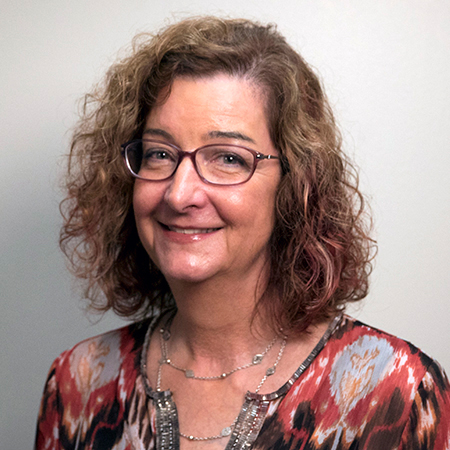
The Royal Swedish Academy of Sciences awarded the Nobel Prize in Physics 2016 Tuesday morning — one half to David J. Thouless, the other half jointly to F. Duncan M. Haldane and J. Michael Kosterlitz for theoretical discoveries of topological phase transitions and topological phases of matter.
Florida State University Professor Laura H. Greene is available to comment on topic:
Laura H. Greene
Professor of Physics, Florida State University
Chief Scientist, National High Magnetic Field Laboratory
(217) 898-7315; lhgreene@magnet.fsu.edu
Greene’s research is in experimental condensed matter physics investigating strongly correlated electron systems — materials in which the interactions between electrons are particularly strong and can lead to exciting phenomena such as high-temperature superconductivity. Greene is currently serving as president-elect of the American Physical Society. When she assumes the presidency in 2017, her theme will be “Science Diplomacy.” She is also a champion for diversity and is active in promoting equal rights for women and minorities.
“The Nobel Prize in physics this year was awarded to three men who cracked a crucial part of the mystery of strongly correlated electron systems, explaining electronic and magnetic highly correlated states in two dimensions.
“Not only were these solutions enormously clever and inspiring, but they laid the foundation to today’s exploding field of topological matter, in which certain properties of the electrons depend on how, and in what direction, they travel through the crystal. These and other strongly correlated electron systems exhibit extremely bizarre states that cannot be explained simply by the electron-lattice interaction.
“Topological materials are a very hot area of research as evidenced by the growing number of papers on this topic. The current focus of research at places like the National MagLab is explaining and designing three-dimensional correlated electron materials and making them useful. To date, we do not have methods to predictively design strongly correlated electron materials. Understanding their fundamental properties — to actually have equations to explain the electronic, thermodynamic and optical properties of these classes of materials — will certainly aid in our ability to design new high-temperature superconductors, ferroelectrics and other strongly correlated electron systems.”




